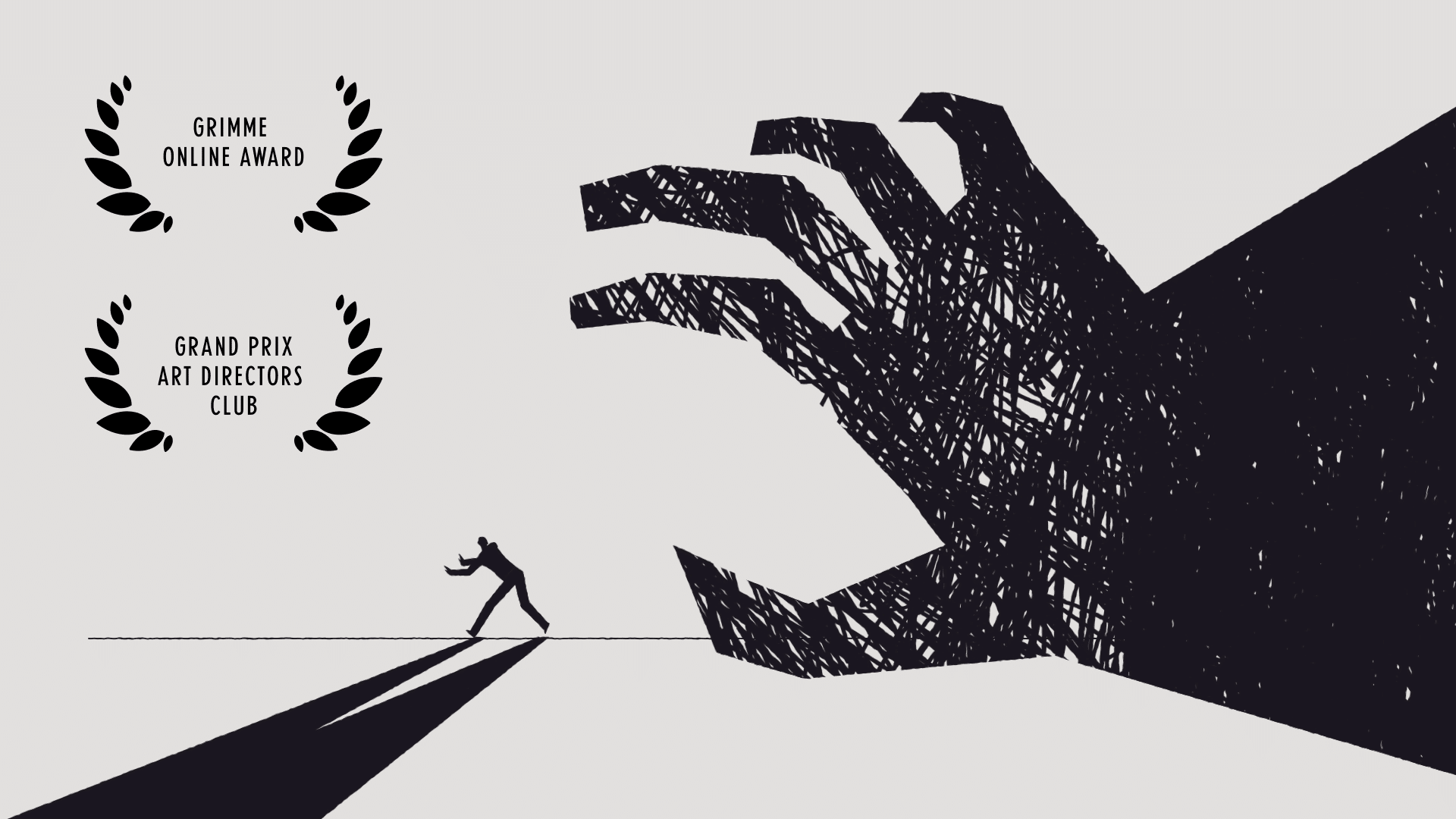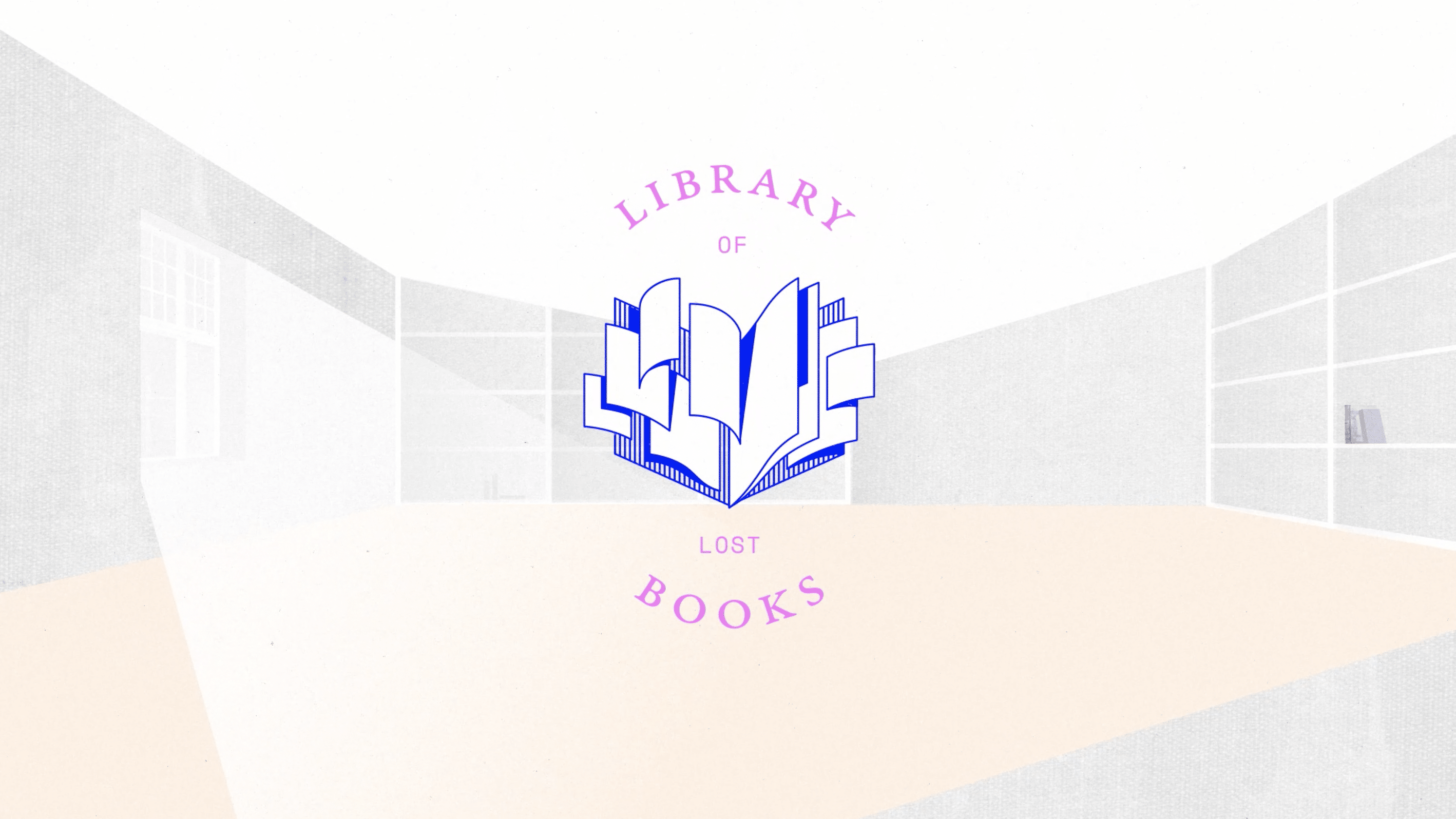#StolenMemory Campaign
How to deal with history’s dark chapters when talking about them nowadays? What is the best approach to use to reach audiences of different generations – those who went through these events and those who read about them in books? How to keep memory alive when all survivors and witnesses will soon be gone? Last year we embarked on such a journey that connects past and present together with the Arolsen Archives.
Our client defines themselves as “an international center on Nazi persecution with the world’s most comprehensive archive on the victims and survivors of National Socialism”. Their mission consists not only in clarifying individual fates and looking for missing persons, but also in being active in the fields of research and education to inform today’s society about the crimes perpetrated by the Nazi regime and to contribute to the debate on remembrance.
Table of content
Stolen Memory
Strategy
Approach
Website
Animated Series
What is #StolenMemory and what was our role
The Arolsen Archives were looking for a partner to entrust with the promotion of an important project: #StolenMemory. What they asked for in the first place was an explainer video using available material in their archive – in the style of the video we realised for the launch of the Jewish Places platform – and a website to host it and raise awareness about the project at large.
Started in 2018 #StolenMemory aims at finding relatives of former concentration camp inmates to return effects that once belonged to them, “stolen memories” indeed. Starting November 2016 the Arolsen Archives returned over 400 mementoes to families and still holds about 2,700 personal items. Through ready-to-print exhibitions the project reached so far 8 European countries and the specific campaign they wanted us to support them with is meant for German rural areas (at least 20 different places) and is going to start in August 2020 spanning over a two-year period.
The Arolsen Archives approached us with a key question they are themselves faced within their field of action: how much “fiction” is allowed when recalling historical facts and biographies of real people?
Our strategy
To begin with, we wanted to know more about the Arolsen Archives, to understand #StolenMemory better and to get to know more in detail the target groups for the project to develop a suitable concept. We were in front of an especially emotional project that needed to be approached with special care and mindfulness.
In our Personas-Workshop, a method we developed ourselves, we identified four main recipients of the campaign: school kids aged 15-17, school (history) teachers, relatives of Nazi victims and mayors who would like to host the container with the mobile exhibition in their towns. The first ones, the younger generations, were declared the real focus of our work. The core question we had in mind before starting to develop a strong concept for the animation and the website was to approach this topic in a new but still sensitive way, especially for a generation that might have no connection to it at all.
Although the objects, the “stolen memories”, are at the center of the campaign, we decided to put their owners in the foreground. Among the many stories the Arolsen Archives collected throughout the years whose gaps were partially filled thanks to the cooperation with relatives and historians, we decided together with them to choose three persons in particular instead of only one: Johannes Berens, István Rokza and Helena Poterska. The reasons were both the diversity of their biographies and their young age by the time they were arrested and deported by the Nazis – Johannes was 21, István and Helena 16 – so to facilitate an impersonification process in the project target groups. Moreover, we wanted to underline the fact that everyone could be a victim, not only Jewish people, that the viewers could be confronted with a situation that could have happened to them.
A close agreement with the Arolsen Archives played a fundamental role. Not only they provided us with the content and historical material we needed to develop the scripts from, but they were the bridge between us and the families of the Nazi victims, whose experiences we intended to portray.
Our approach
Telling the stories of Johannes, István and Helena in a subjective and emotional perspective was seen as the best suitable way to connect with the audience we previously identified and to make justice to all of them. This is the general path we decided to go throughout the entire production: from the script to the style of illustrations and UI Design, and from the sound design and voice over to the animation. At the same time it was a big challenge because in some cases the Arolsen Archives could provide many detailed information, whereas in some others we could count on fragmented glimpses into those biographies. In this latter case we had to “guess” somehow, trying not to manipulate the story. We had to find the right balance also concerning the tone to use and the amount of information we wanted to convey. How “thrilling” should these stories be told? What could be left out in order not to become too didactic and remain on an emotional level?
The entire project was built around the films, they were the starting point. Concerning the website, it had to serve manifold functions: to host the three videos and to integrate these stories by providing detailed personal background and history grounded information, included educational material for school kids to use in the classroom; to host the app videos from the mobile exhibition with found relatives receiving the personal items back; to display a selection of personal items still in possession of the Arolsen Archives.
The dramaturgy in the films does not follow a chronological order, it’s more like a stream of consciousness. The protagonists tell their story from their perspective, from the age they are, be it young like for Johannes or old like for Istán and Helena. We wanted to emphasize that before the break of the war they had a normal and happy life made of friends, family, school, hobbies, dreams. And how dramatically they changed when the Nazis came to power. We follow them during the war, in the concentration camps and after the liberation, till the moment the personal items found their way back to their families – as a memory of when they were young.
The main question from the design point of view was how to make a movie that’s animated in a way that doesn’t feel light or childish. Firstly we decided to make it mainly black and white. It gave it a feeling of happening in the past but it also gave the project a proper gravity. Playing with the negative and positive space supported the general idea: to distinguish the difference between the moments of the happy life of the characters and the tragedy that came upon them during the war. Therefore, moments illustrated in camps are drawn on the black background, the shapes are rough and edgy and there is always high contrast which is making the viewer uncomfortable. It might seem strange at first, not wanting to make something pleasant for the viewer, but talking about topics like that should not be light and easy. We have to deal with the reality of how it was.
But the most important decision was to not make the characters up. They were based on actual people, their real stories and also their real appearance. Using the available photos we tried to keep the characters as close as possible to the reality and simultaneously have some sort of abstraction that gives the freedom to tell the stories like we did. It shows respect, but also it’s a way to honor the memory of real people and their real life. We kept in mind that those movies are going to be seen by families of people that went through this experience. It is also a sort of a testimonial for them.
animation series #stolenmemories
And by the way our Team did a detailed making of!




